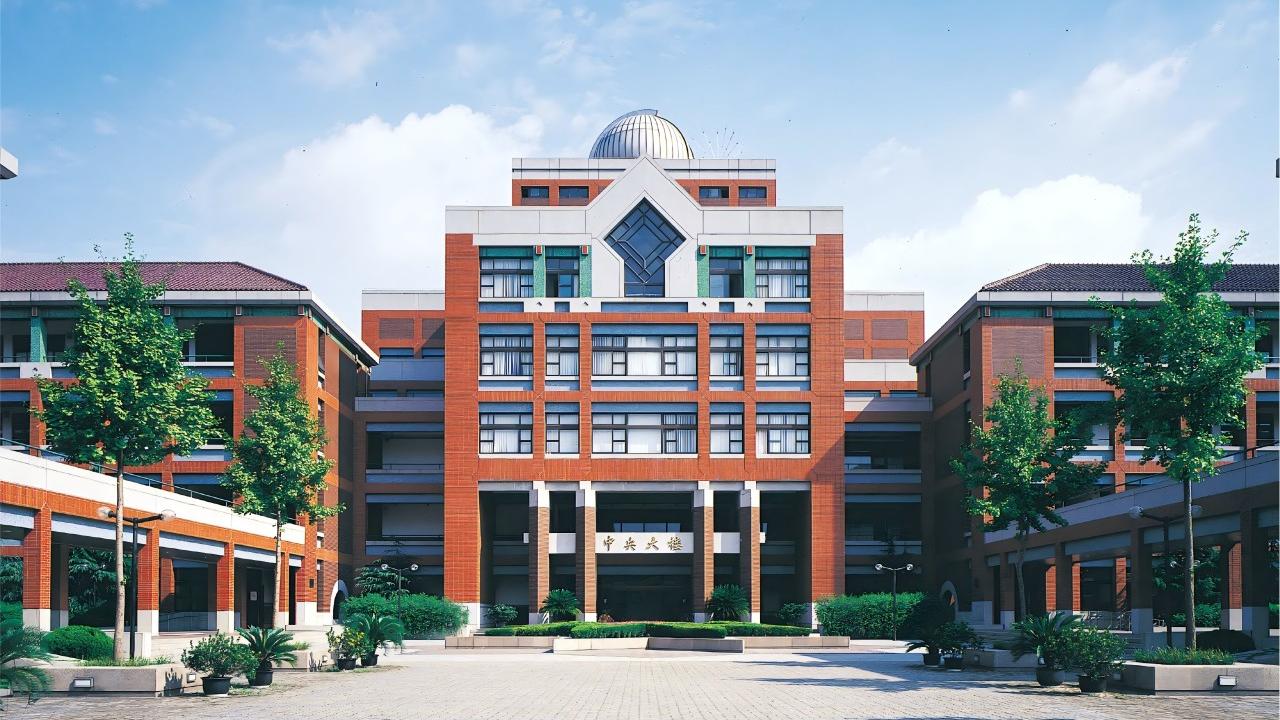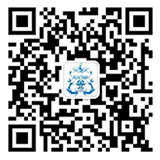Shanghai’s middle school system (grades 6–9) forms a critical foundation for students, blending academic rigor, cultural values, and modern pedagogical approaches. The city’s middle schools are diverse, catering to public, private, and international learners, with a strong emphasis on STEM, bilingual education, and character development.

Structure of Middle School Education
- Grades: Typically covers grades 6–9 (ages 11–15).
- School Types:
1. Public Schools: Free or low-cost, adhering to national curricula.
2. Private Schools: Fee-paying, offering specialized programs (e.g., bilingual, arts, or international curricula).
3. International Schools: Serve expat families, providing IB, AP, A-Level, or Western-alignedricula.
Key Features
1. Curriculum:
- Core subjects: Chinese, mathematics, English, science, and social sciences.
- Recent reforms emphasize STEM (Science, Technology, Engineering, Mathematics), coding, and interdisciplinary projects.
- Bilingual schools teach select subjects in English or foreign languages (e.g., French, Japanese).
2. Exams and Assessments:
- District-level exams at grade 9 determine admission to high schools.
- Reduced focus on rote learning; increased emphasis on critical thinking and practical skills.
3. After-School Programs:
- Clubs (robotics, debate, art), sports, and volunteer activities to foster holistic development.
Notable Middle Schools
Here are some prestigious and innovative middle schools in Shanghai:
Public Schools
1. No. 2 Middle School (上海市第二中学):
- Renowned for academic excellence and rigorous STEM programs.
- Offers advanced courses in mathematics and physics.
2. No. 3 Middle School (上海市第三中学):
- Known for its humanities-focused curriculum and strong language programs.
- Features bilingual classes and international exchange opportunities.
3. Jingjiang Middle School (静安区景江中学):
- Highlights creativity and innovation, with specialized art and design courses.
- Partners with tech companies for hands-on STEM projects.
4. Xuhui District Middle Schools:
- Clustered schools like No. 12 Middle School emphasize balanced education and extracurricular excellence.
Private Schools
1. Shanghai Shangdu School (上海尚德实验学校):
- A pioneer in progressive education, blending Chinese and international curricula.
- Offers IB and Cambridge programs alongside Mandarin immersion.
2. Shanghai American School Middle School:
- Provides an American-style education with AP courses and strong athletics programs.
- Popular among expat families for its English-medium instruction.
3. Nanjing Foreign Language School (上海外国语大学附属外国语学校):
- Specializes in multilingual education, offering courses in Japanese, Korean, and French.
- High rates of students admitted to top universities globally.
4. Yao’s School (耀华中学):
- Focuses on holistic development, with outstanding facilities for sports, music, and STEM labs.
International Schools
1. Nanyang International School (上海南洋外籍人员子女学校):
- Offers the IB Middle Years Program (MYP) and A-Level courses.
- Known for small class sizes and strong pastoral care.
2. British International School Shanghai (BIS):
- Follows the UK National Curriculum and GCSE/IGCSE pathways.
- Emphasizes creativity, leadership, and community service.
3. Concordia International School Shanghai:
- Provides a bilingual environment with AP and IB programs.
- Strong emphasis on STEM and project-based learning.
Challenges and Reforms
- Academic Pressure: Despite reforms, competition for top high schools remains intense, leading to "cram schools" for after-school tutoring.
- Inequality: Resource disparities between urban and suburban schools persist, though government initiatives aim to bridge gaps through technology and teacher training.
- Innovation: Pilot programs like moral education courses and AI-driven personalized learning tools are testing new educational models.
Future Trends
- STEM Expansion: More schools integrating AI, robotics, and coding into daily lessons.
- Bilingual Education: Government-supported initiatives to create more dual-language schools.
- Vocational Pathways: Partnerships with industries to introduce career-oriented courses (e.g., engineering, digital media).
Shanghai’s middle schools reflect the city’s ambition to balance tradition with innovation, preparing students for global challenges while nurturing local cultural identity. Whether through public rigor, private flexibility, or international exposure, Shanghai offers a dynamic ecosystem for middle education.


